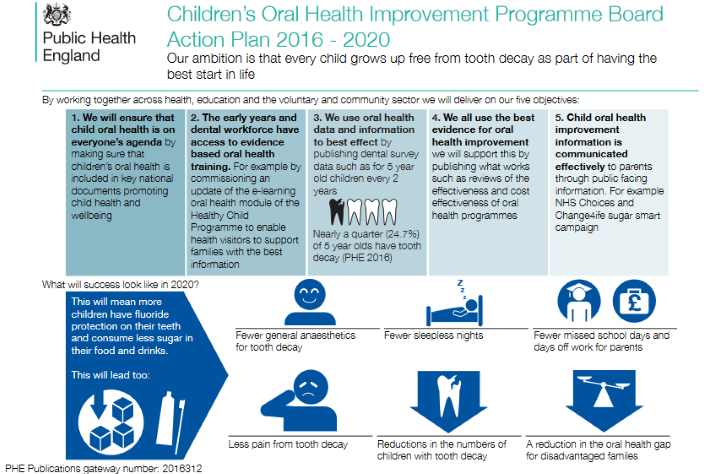Following yesterday’s launch by the Labour Party of their “Health Mission” in Manchester, the party has published its Child Health Action Plan. Labour’s ambition is for this to be the healthiest generation of children ever.
Labour’s Child Health Action Plan to:
- Cut waiting lists for children
- End the crisis in child mental health
- Transform NHS dentistry
- Crackdown on smoking and vaping
- Ban junk food advertising to children
- Introduce breakfast clubs for all primary school children
- Protect children from the growth of infectious diseases
This includes delivering on the NHS workforce plan, training more health visitors so parents and babies get the best possible support. Plus reforming the service to allow health visitors to administer routine immunisations to vulnerable and at-risk children, ensuring more are protected from infectious diseases.
Alison Morton, iHV CEO, responded to the Labour Party’s Child Health Action Plan:
“We are delighted to see that the Labour Party is pushing ahead with their plans to grow the health visitor workforce in their Child Health Action Plan. This will build capacity in the service to tackle a wide range of inequalities in child health, as well as supporting families to access healthcare – for example, to improve immunisation uptake for families who do not currently experience easy access to services (and consequently often experience the worst health outcomes), reduce pressures on A&E departments for minor illnesses, and improve oral health. These have always been part of the role of health visitors but have fallen by the wayside in many areas, as services have been reduced to “firefighting” and child protection due to serious workforce shortages.
“If we’re serious about improving the health of our nation’s children, it is imperative that health visitors get back to their core “health” function, working with families to prevent, identify and treat problems before they reach crisis point.”
At the iHV, we have been working with all political parties and government officials to ensure that the health of our nation’s babies and young children is taken seriously. We have shared our Vision for health visiting and call for more health visitors as an important part of the solution to tackling the current poor state of child health and widening inequalities. We will continue in our efforts to influence policies affecting health as all parties set out their manifesto plans for child health ahead of a general election expected this year.



